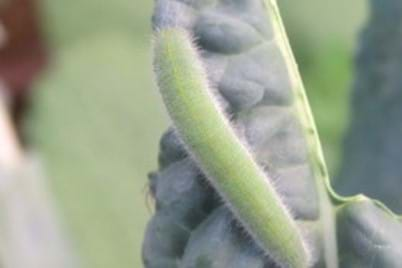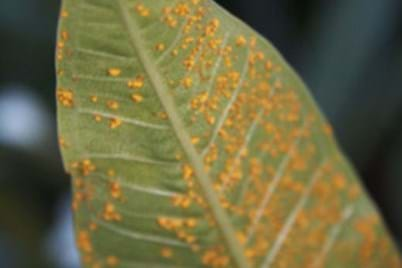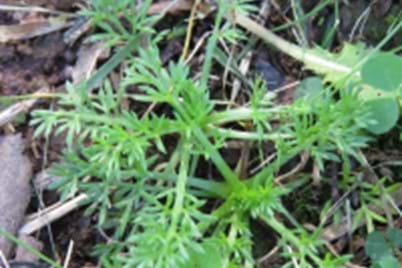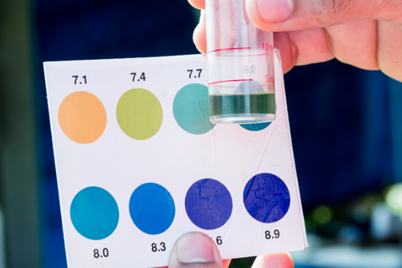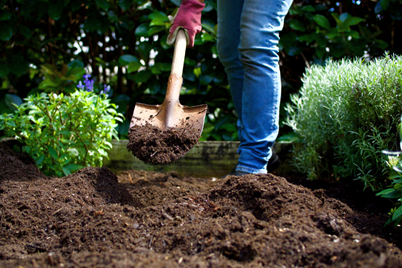Yellow leaves can be caused by a lack of sunlight, sunburn, a watering issue, natural leaf death, or that the plant is moving into the deciduous phase.
Lack of sunlight is often associated with stunted growth, stretched growth where there is more distance between each growth point, leaf drop, or poor flowering and fruiting.
Sunburn will happen suddenly after heatwave conditions, or if you have planted in the wrong positions, or if you have moved the plant into a sunny position too soon. It's likely to be seen on the sides of the plant that gets the most sunlight, especially the hot afternoon sun.
Watering issues can have very similar symptoms. Underwatering usually starts with wilting foliage, dry crispy leaves, brown leaf tips, dry soil or shrunken potting mix. Overwatering will usually be found with rotting roots, foul-smelling soil/potting mix,
Garden pests, especially sap-sucking pests like Aphids, Mealybugs, and Mites, and plant diseases (e.g., Rose Mosaic Virus) can cause leaves to go yellow and are mostly found sporadically on new leaves where most of the sugars are being produced.
Nutrient issues either from lack of or excess fertiliser, and/or a soil pH issue, can cause yellowing leaves. Leaves usually develop a consistent pattern, and will either be found on most of the new leaves or most of the old leaves.
If you notice there is only one branch with a yellow or white pattern on the leaves, this could be a mutation that has caused leaf variegation. You can simply prune these off if they are unsightly, or prune them off and try to propagate it.


